Safety meetings are an important part of any organization’s safety program. They provide an opportunity for employees and management to come together to discuss safety issues, make decisions, and take action to improve workplace safety.
To ensure that these meetings are effective and productive, it is essential to create a formal record of the discussions, decisions, and actions taken. One way to do this is by using safety meeting minutes.
What are Safety Meeting Minutes?
Safety meeting minutes are documents that record the details of a safety meeting. They serve as a formal record of the discussions, decisions, and actions taken during the meeting.
These minutes provide a reference for attendees and can be used to track progress on safety initiatives, identify areas for improvement, and ensure accountability.
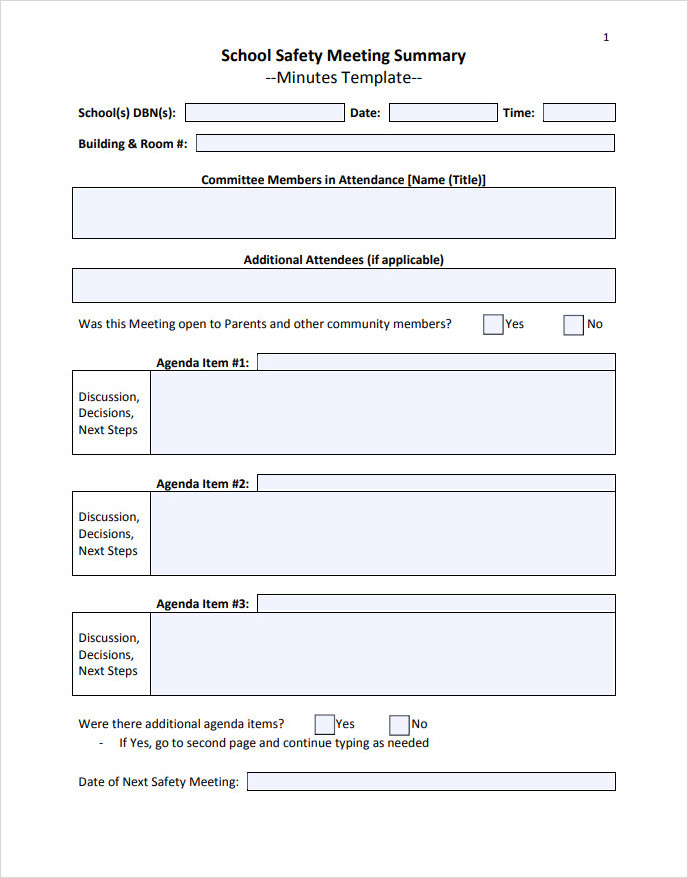
Why are Safety Meeting Minutes Important?
Safety meeting minutes serve several important purposes:
- Documentation: Meeting minutes provide a written record of what was discussed, agreed upon, and decided during the meeting. They help ensure that important information is not lost or forgotten.
- Legal Compliance: In some industries, keeping records of safety meetings is a legal requirement. Safety meeting minutes can help organizations meet these compliance obligations.
- Transparency: Meeting minutes promote transparency by documenting the decisions and actions taken during the meeting. This allows employees and management to understand what was discussed and what steps will be taken to address safety concerns.
- Accountability: By recording the actions and responsibilities assigned during the meeting, safety meeting minutes help hold individuals accountable for their commitments. This can help ensure that safety initiatives are implemented effectively.
How to Create Safety Meeting Minutes
Creating safety meeting minutes is a straightforward process. Here are the steps to follow:
- Prepare: Before the meeting, gather any necessary materials, such as the agenda, previous meeting minutes, and any relevant reports or documents. Ensure that you have a template for the meeting minutes.
- Record Attendance: Begin the meeting minutes by recording the names of the attendees.
- Document Discussions: Summarize the key points discussed during the meeting. Include any questions, concerns, or suggestions raised by attendees.
- Capture Decisions: Record any decisions made during the meeting, including action items, deadlines, and responsibilities assigned.
- Note Actions Taken: Document any actions that were taken during the meeting, such as training sessions conducted, inspections performed, or safety equipment ordered.
- Include Next Steps: Outline the next steps to be taken, including any follow-up actions or meetings.
- Review and Distribute: Review the meeting minutes for accuracy and completeness. Once approved, distribute the minutes to all attendees and other relevant stakeholders.
Examples of Safety Meeting Minutes
Here are a few examples of what safety meeting minutes can look like:
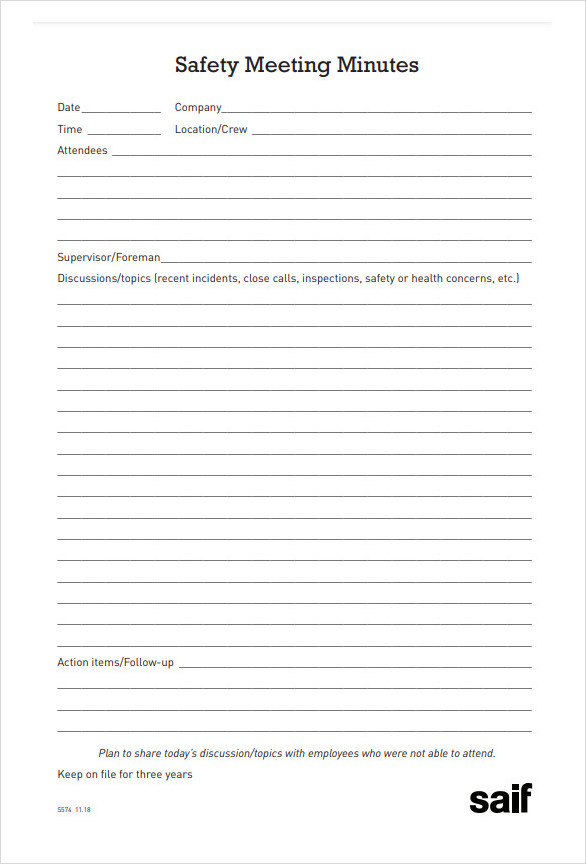
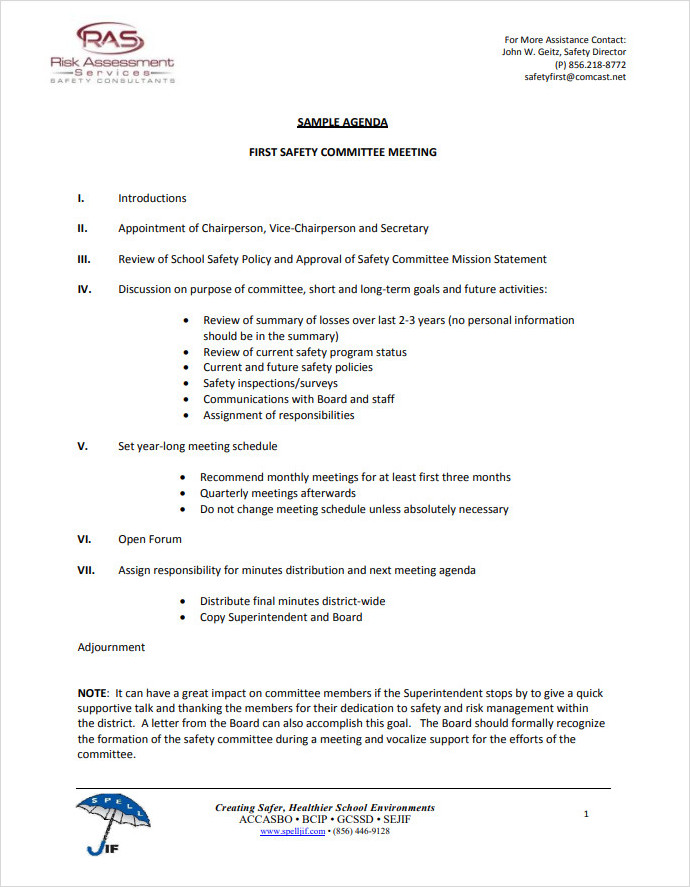
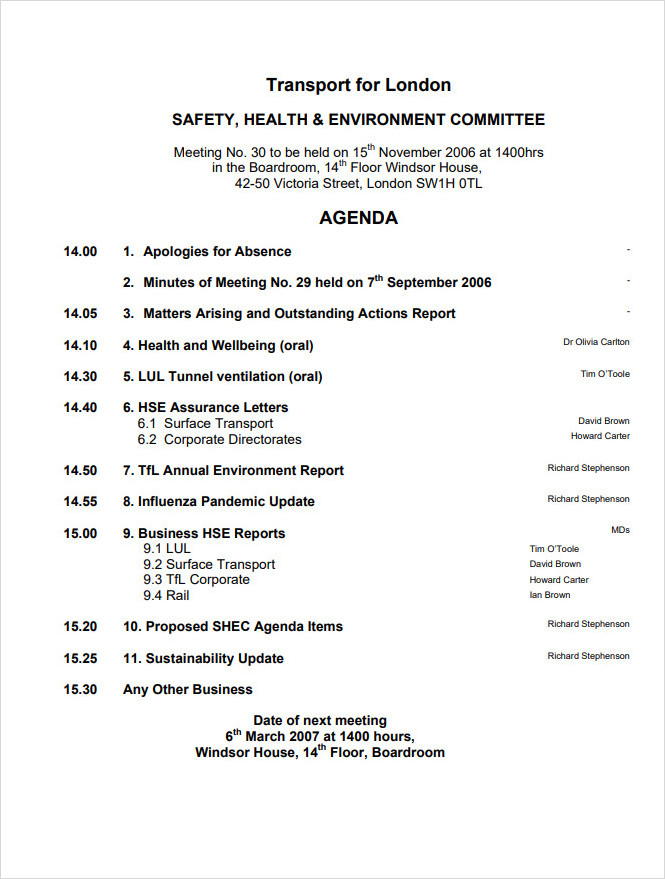
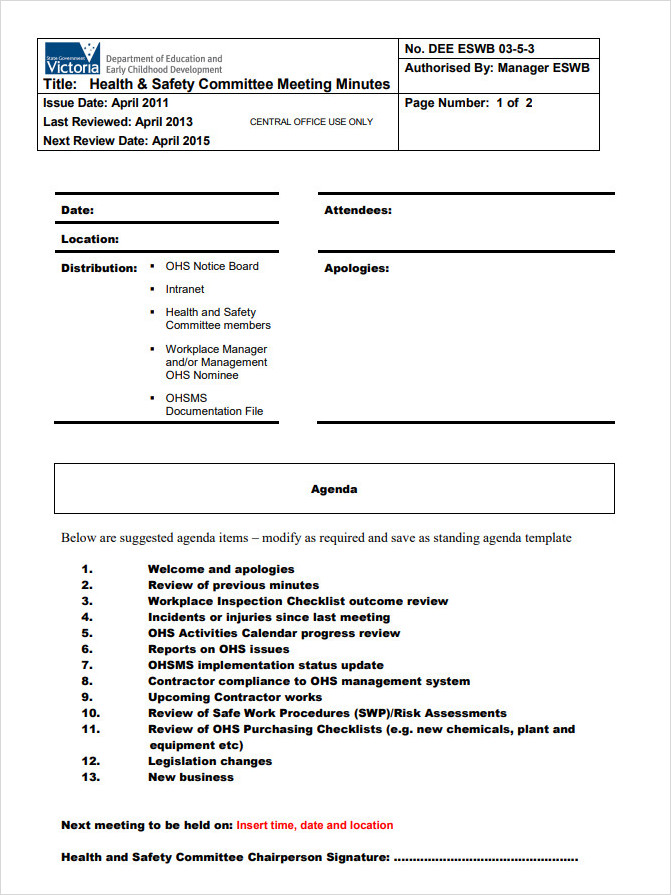
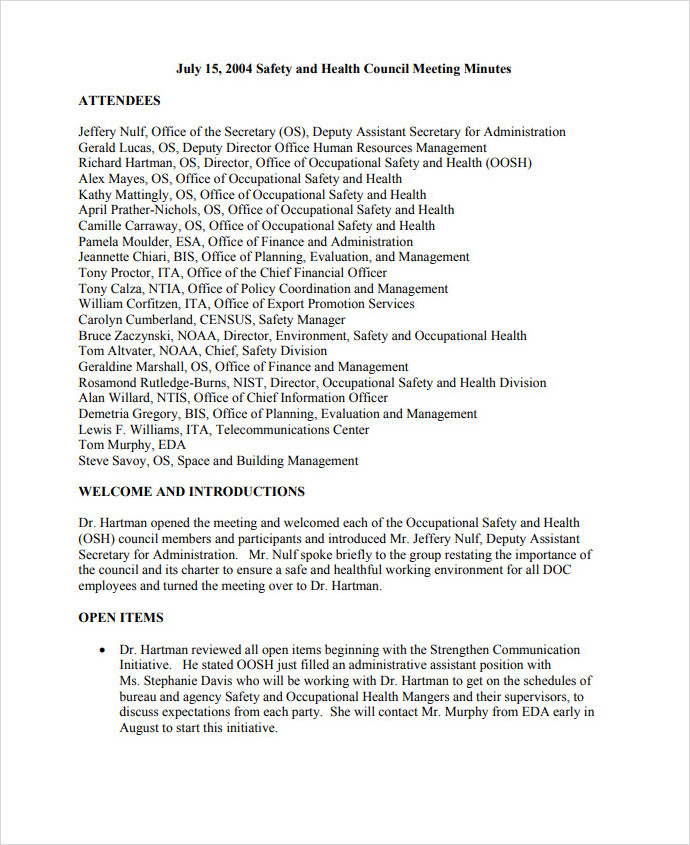
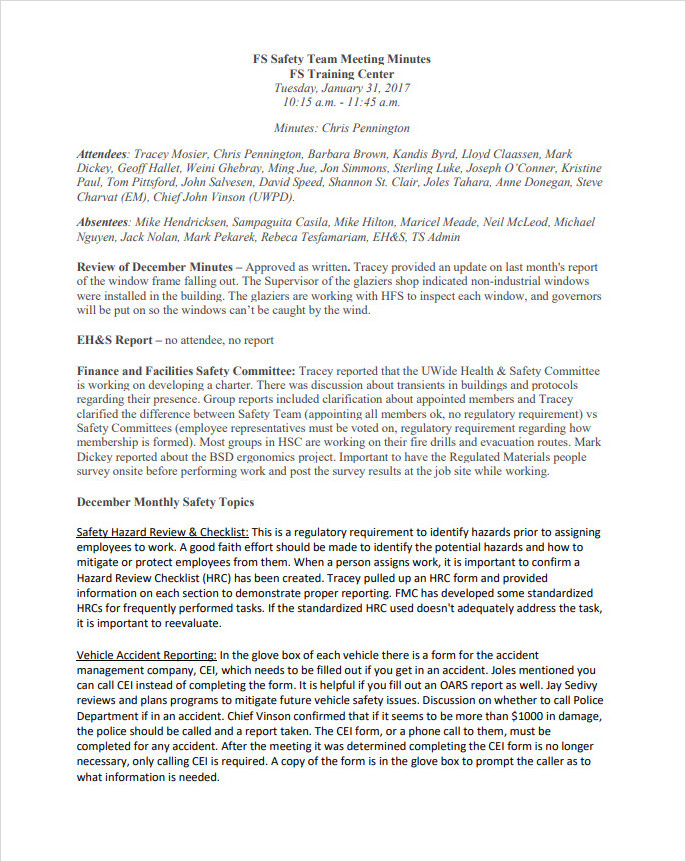
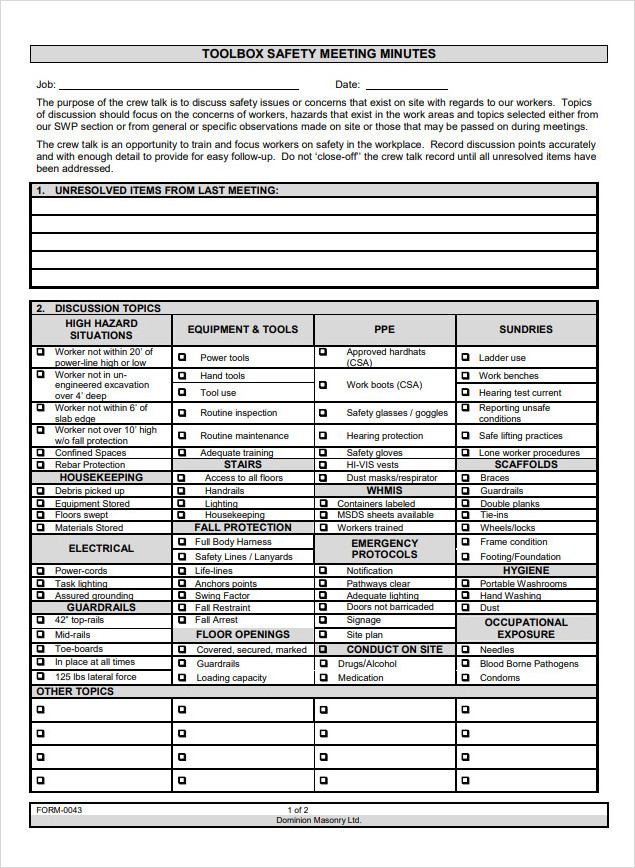
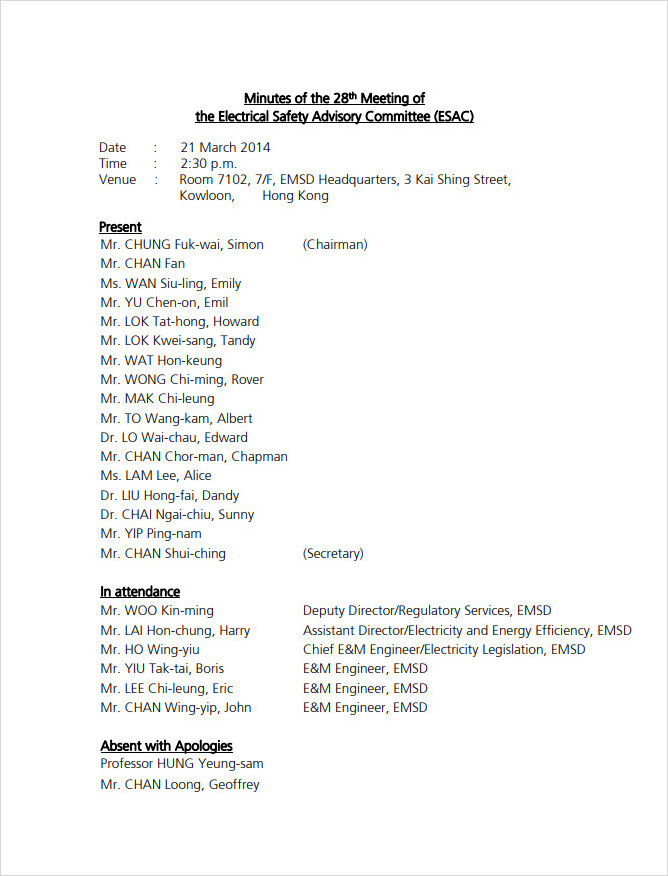
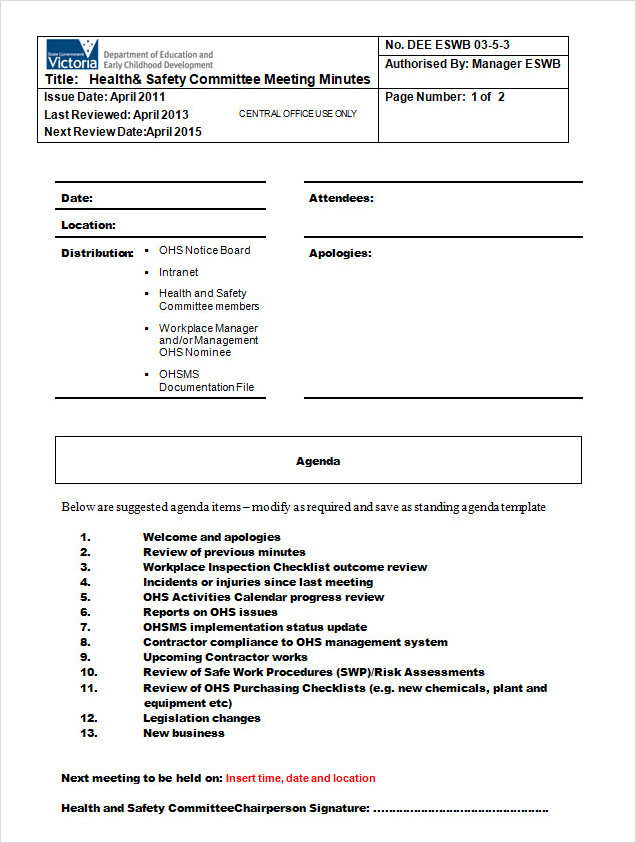
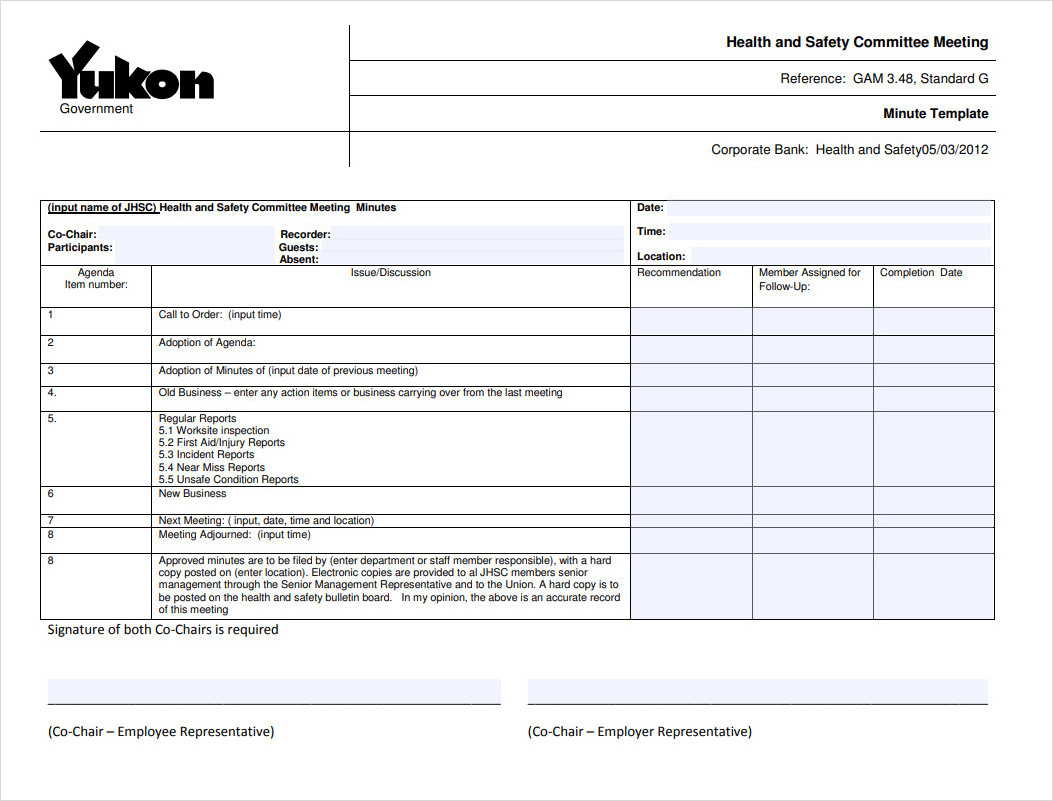
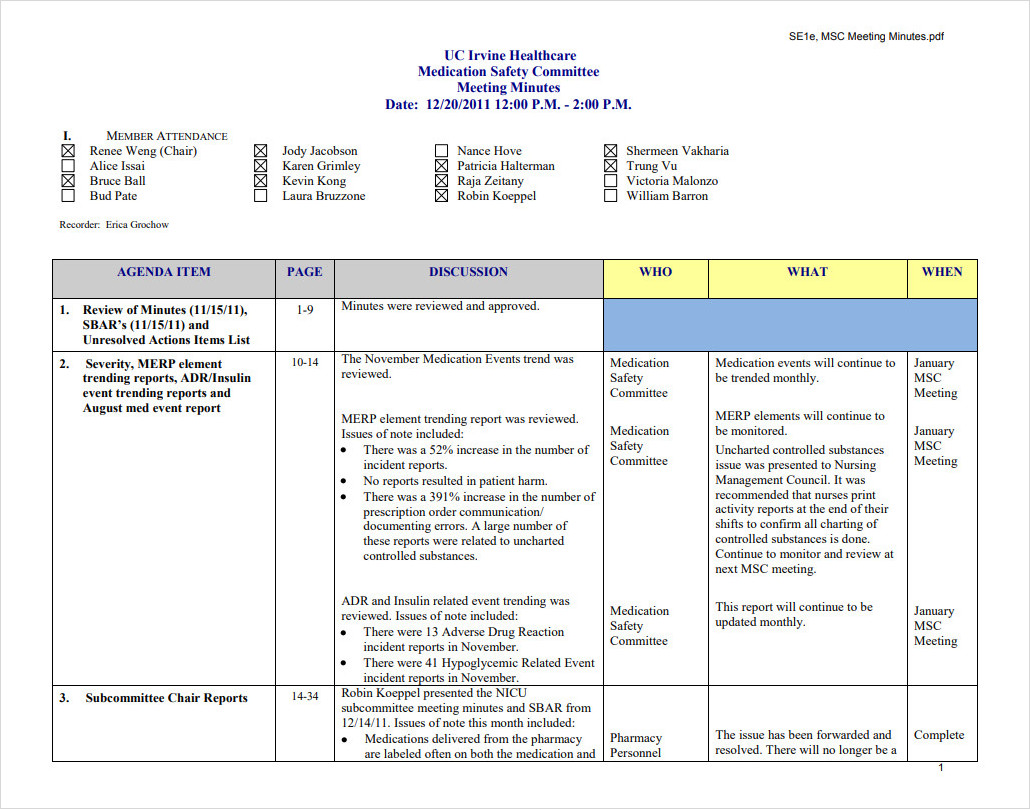
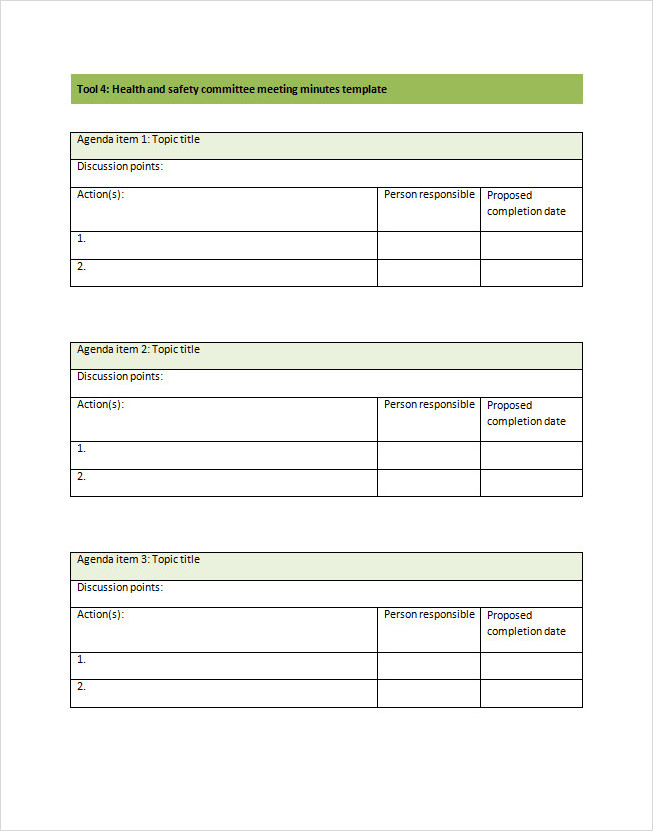
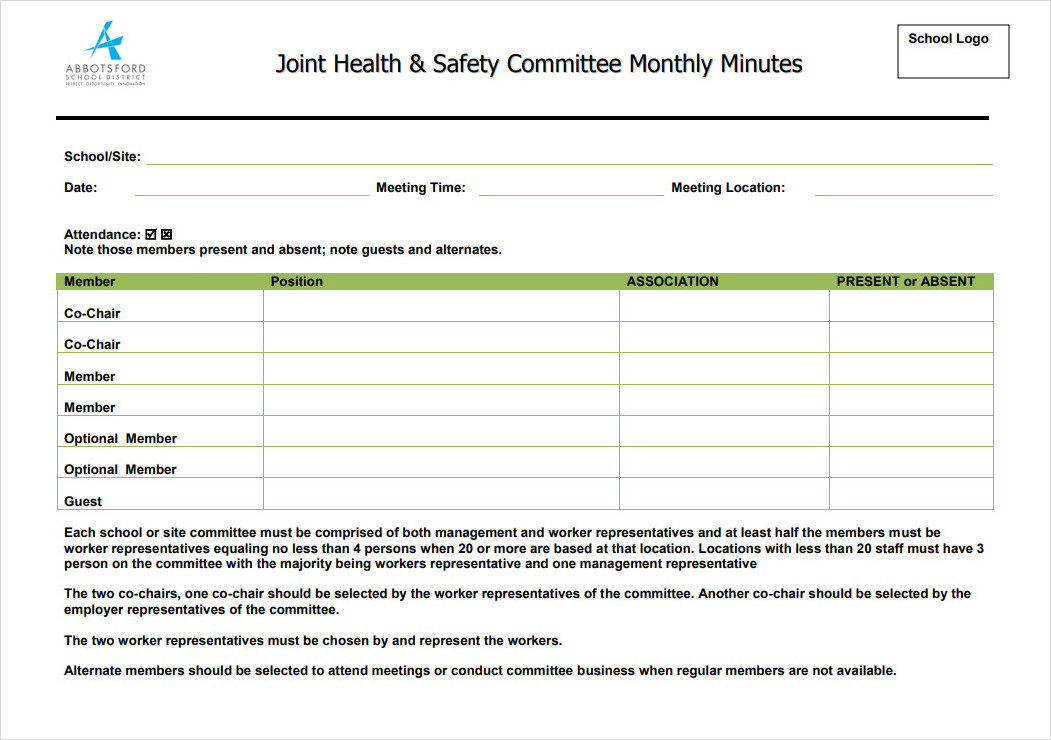
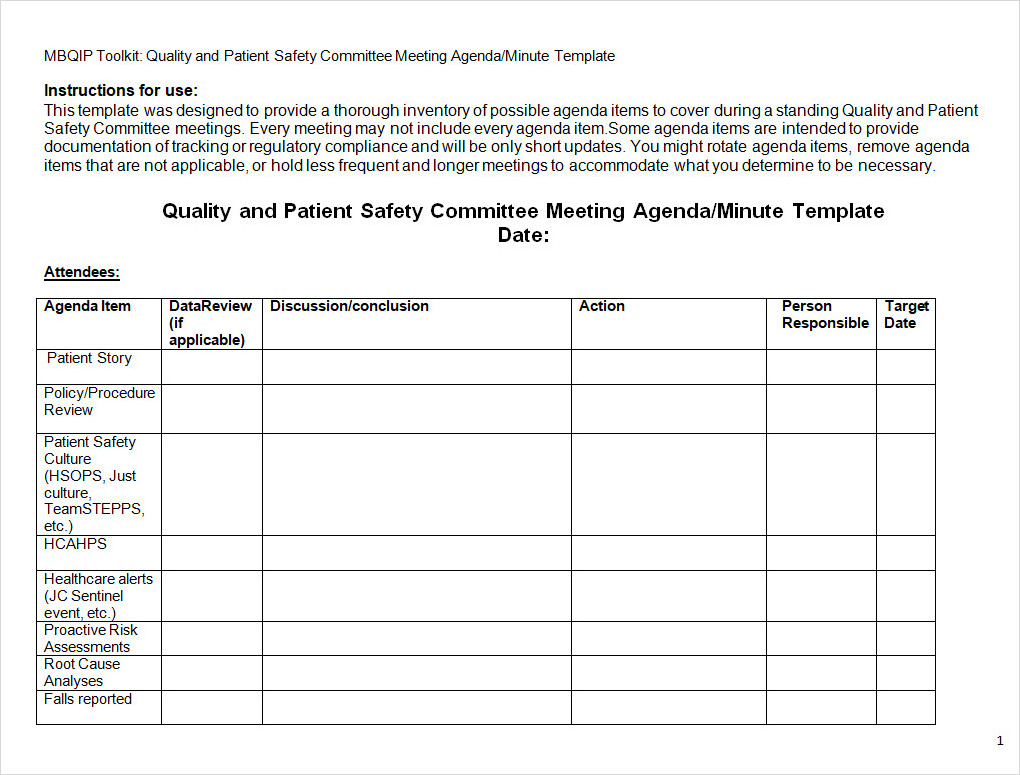
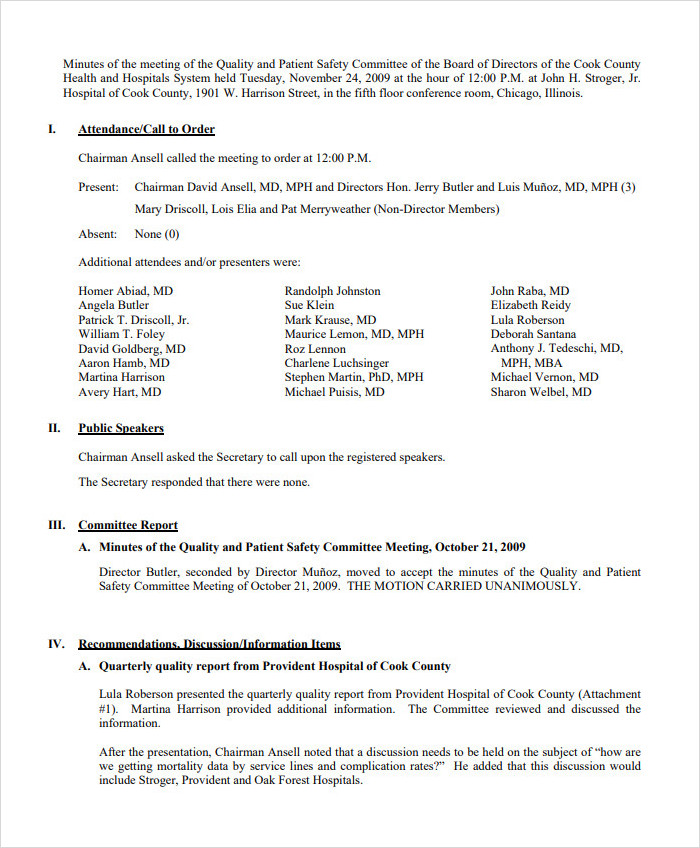
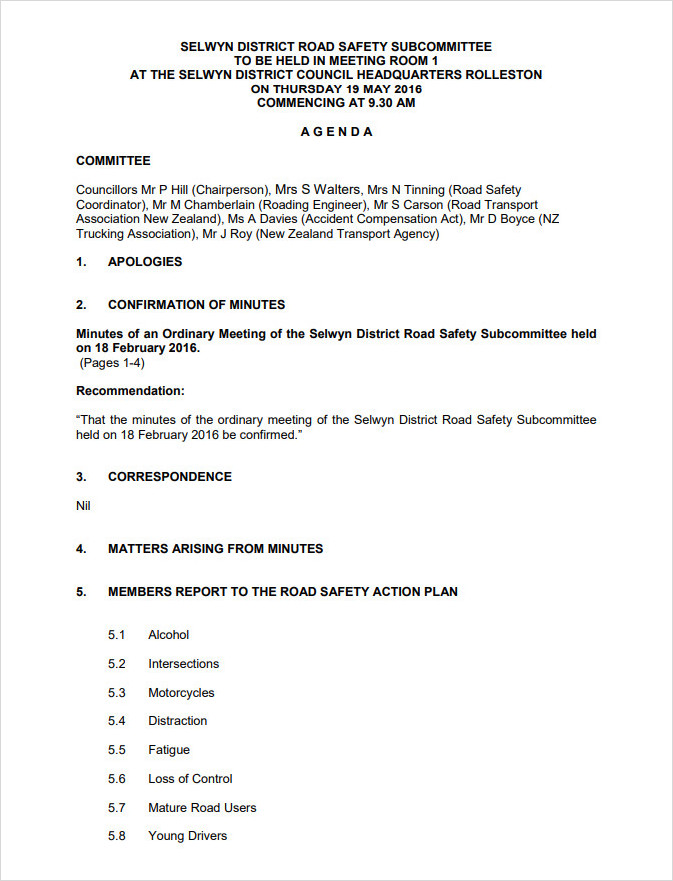
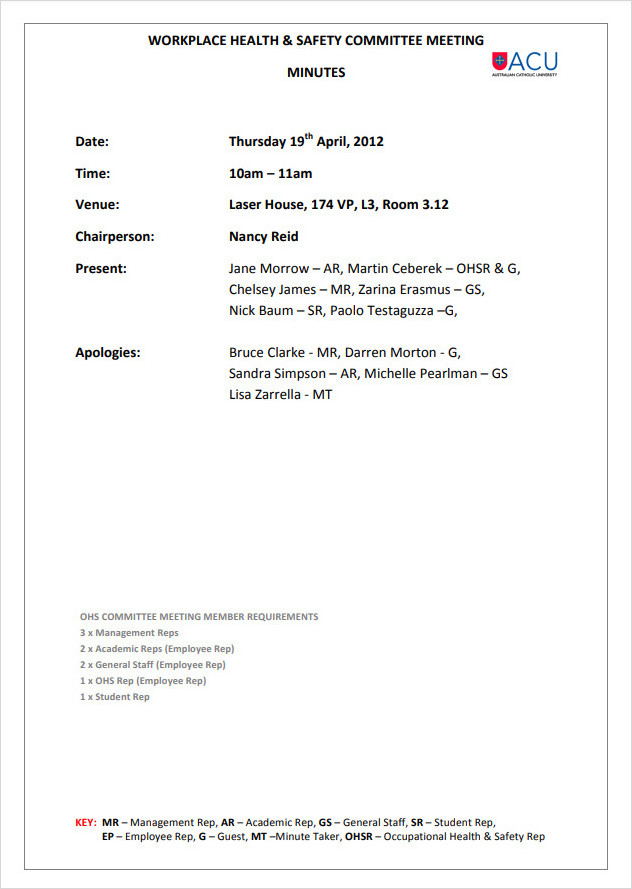
Tips for Successful Safety Meeting Minutes
Creating effective safety meeting minutes requires attention to detail and careful consideration. Here are some tips to help you create successful meeting minutes:
- Be Clear and Concise: Use clear and concise language to record the discussions, decisions, and actions taken during the meeting. Avoid jargon or technical terms that may be difficult for others to understand.
- Include Relevant Details: Provide enough context and background information to ensure that the minutes are meaningful and informative. Include dates, names, and any other relevant details.
- Use a Consistent Format: Use a consistent format for your meeting minutes to make them easy to read and navigate. Consider using bullet points or headings to break up the information.
- Proofread and edit: Before distributing the meeting minutes, proofread them carefully for errors and typos. Ensure that the minutes are accurate, complete, and free from any grammatical or spelling mistakes.
- Follow Up: Use the meeting minutes as a tool for follow-up. Review the minutes in future meetings to track progress on action items and ensure that commitments are being met.
- Keep a Record: Maintain a record of all safety meeting minutes for future reference. This will allow you to track the evolution of safety initiatives over time and identify trends or recurring issues.
Conclusion
Safety meeting minutes are a valuable tool for creating a formal record of discussions, decisions, and actions taken during a safety meeting. By using these minutes, organizations can ensure that important information is documented, legal requirements are met, and transparency and accountability are maintained.
By following a few simple steps and incorporating the tips provided, you can create effective and meaningful meeting minutes that contribute to a safer and more productive work environment.
Safety Meeting Minutes Template – Download